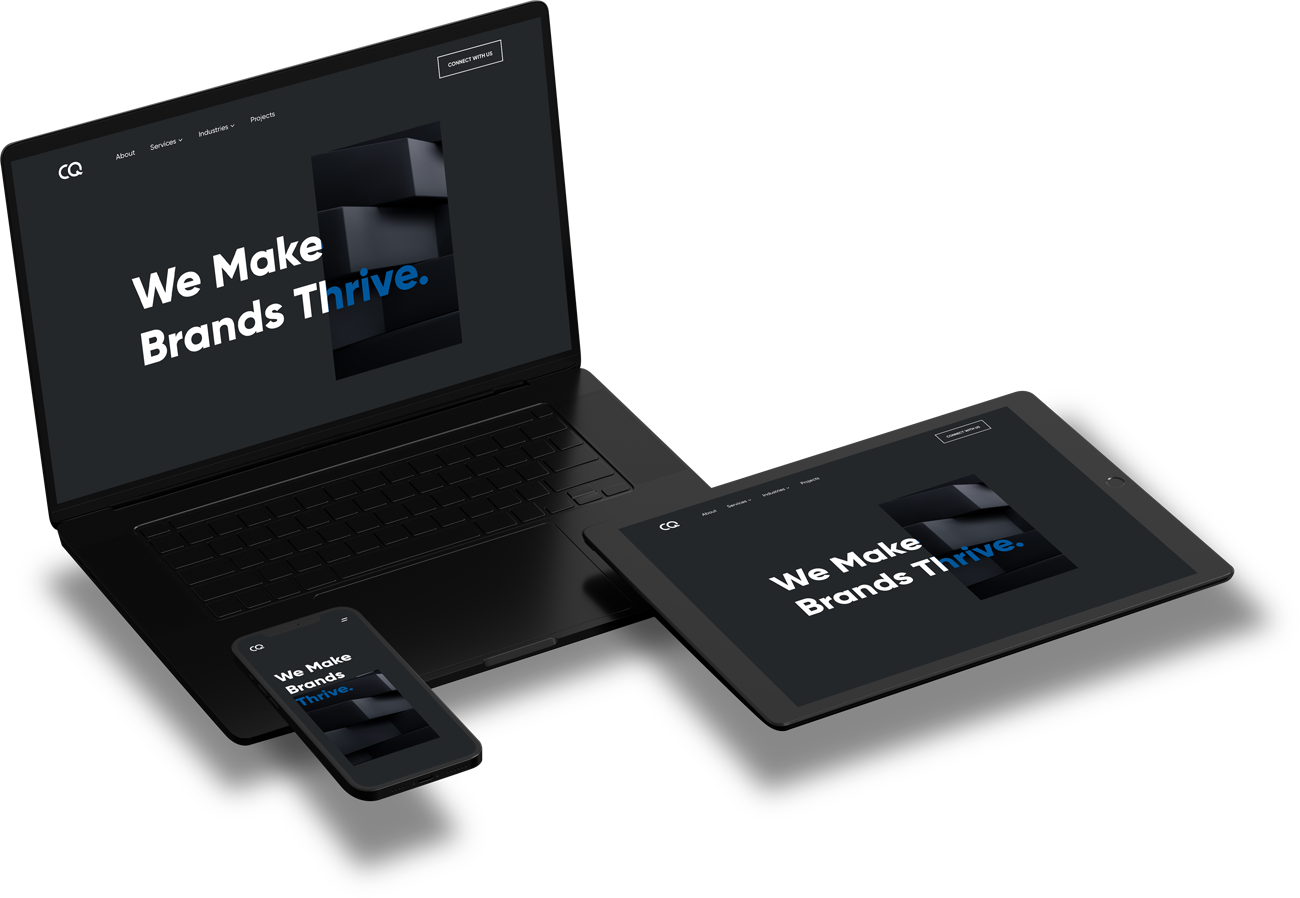 February 23, 2023
February 23, 2023

The agile approach is the most straightforward method for transforming a concept and a variety of demands into workable software solutions. It is an iterative and incremental software design strategy that involves ongoing planning, understanding, updating, team collaboration, development, and delivery. Agile methodologies are based on the ideas of giving value and engaging with stakeholders, beginning with consumers specifying the end uses of the final product and the types of issues the final product aims to solve. Additionally, this activity aids the project development team in addressing and clarifying customer expectations and requirements.
Agile is a collection of approaches used by a team to administrate a project or plan by separating it into phases and collaborating with clients on a continual basis. Every stage of the project’s software development is constantly monitored. The advantages of the agile technique include parallel and synchronized development and testing operations, as opposed to the traditional waterfall process.
Once the project begins, the selected teams prepare and work on a comprehensive procedure that includes planning, implementing, and evaluating. Because the development process is iterative, mistakes are rectified within the project’s intermediate stage. This method allows the final supplied product to fit the customer’s desires better.
To keep up with the rapid changes in the technological paradigm agile technology was established. It is described as a significant shift in project management style that runs counter to the classic “waterfall model“.
This is the most popular of the several frameworks that support the agile technique. Scrum is defined by development cycles or stages called sprints. The increase of development time for a software product towards a goal known as the Product Goal. This Product Goal is a higher-level value target towards the sprints progressing the scrum team’s development quicker.
Also, agile methodologies types uses in the management of software product development. Every day starts with a brief 15-minute meeting called the daily huddle, which is in charge of synchronizing activities, choosing the best strategy for planning the working day, and tracking sprint “health” and product progress.
All sizes of development companies can use the agile development paradigm with some customization. The cornerstone of the Extreme Programming (XP) methodology is the idea of focusing on the “simplest object that will work” rather than the long operating goal. It is a methodology that prioritizes customer happiness over everything else and emphasizes qualities like communication, simplicity, feedback, courage, and respect.
This method urges developers to accept changes in customer requirements, even if they happen later in the development cycle. After the managers, engineers, or customers, resolve an issue it offers conversation and involvement. It also breaks down communication boundaries. Also, it creates an atmosphere conducive to high team output and efficiency. Extreme programming evaluates software from the beginning, gathering feedback to improve development. An agile software development business promotes pair programming, engineering approach, and a robust testing component.
The word Kanban’s means “just in time“. The Kanban method is organized on a board or table. It is then split into columns that show the flow within the software production project. Among the types of agile methodologies, this method is also valuable for individual business departments, such as HR, marketing, etc., bringing visibility to all the team’s tasks.
Additionally the Kanban method needs communication and transparency so that the team members know precisely what stage development is at and can see the status of a project at any time. It primarily focuses on team capacity and is best for processes that undergo small changes.
This agile technique is based on seven guiding principles:
Crystal is a collection of more minor types of agile methodologies by Mr. Alistair Cockburn, one of the important figures in developing the agile manifesto for software development. It includes Crystal Yellow, Crystal Clear, Crystal Red, and Crystal Orange. It includes system criticality, team size, and project priorities.
Like other agile software development services, Crystal prioritizes software delivery, regularity, reduced administration with high user interaction, and customer happiness. Furthermore, the Crystal family believes each system or project is unique and requires incorporating many practices, procedures, and policies to produce the best outcomes, earning the title of the most lightweight agile methodologies.
The scaled agile framework is a workflow and organizational principle for applying agile methods at an enterprise scale (SAFe). Implementing SAFe allows you to benefit from a lightweight framework while retaining the centralized decision-making necessary at the business level for software development efficiency. To put it another way, it applies the agile principle to software executives dealing with more significant strategic concerns.
Finally, at CraftedQ, software development focuses on results and client happiness. Also, the various types of agile methodologies guide the whole development process. As a result, we developed our methodology: CraftedQ agile, to respect the development cycle, accomplish the required objectives, forecast probable errors, increase productivity, and acquire safely while keeping team members engaged (a mix of agile frameworks – Scrum and Extreme Programming – that ensures the best results within given deadlines).
